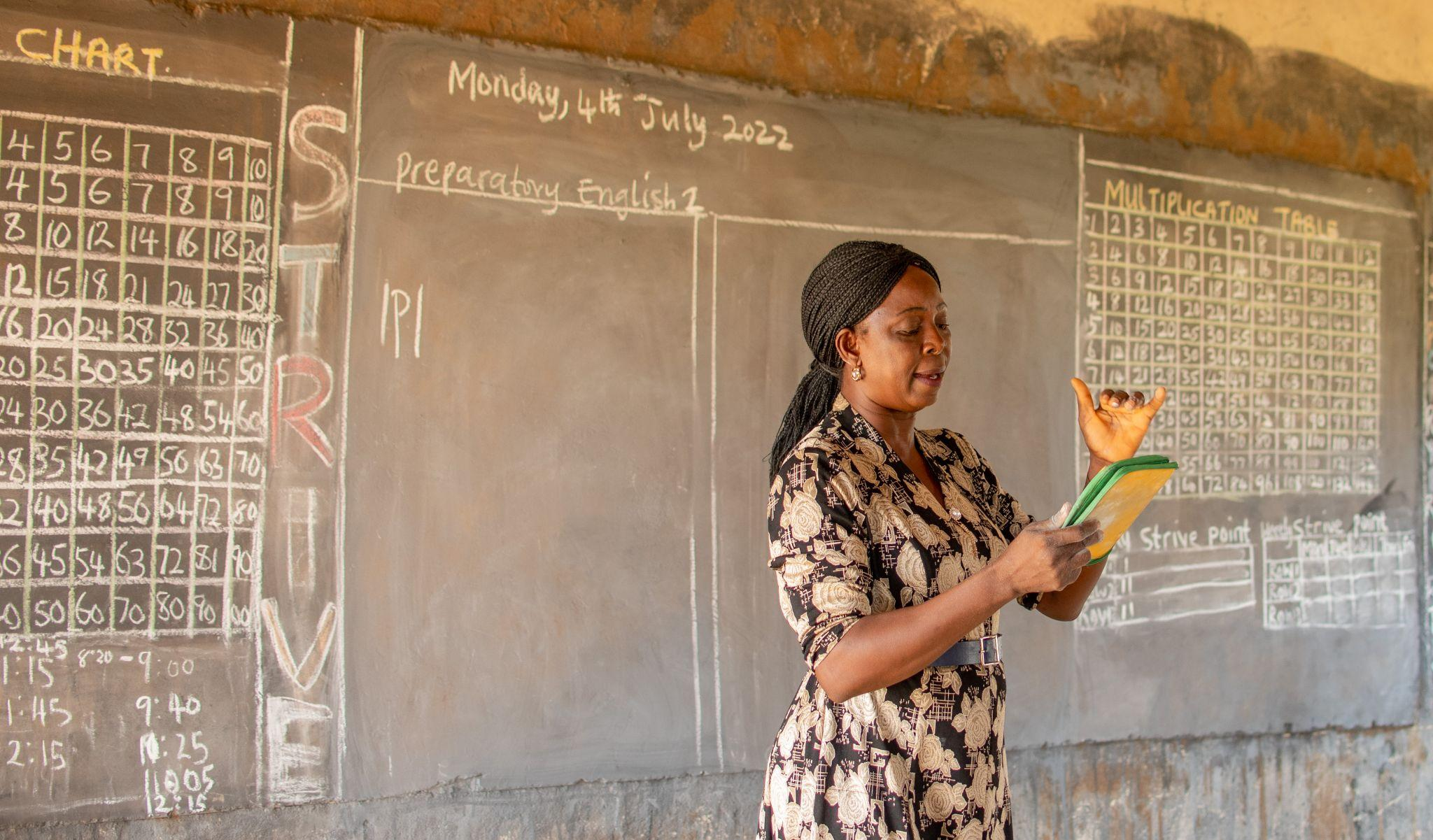What makes an education intervention successful? Is it the workforce, curriculum or the processes involved? While some might argue for or against either of these factors, EdoBEST has been found to use a combination of all three leading with technology to deliver excellent learning gains for its students both in primary and secondary schools.
Implementing a programme like EdoBEST at scale in a unique state like Edo State is a strategic move by Governor Godwin Obaseki-led government in reforming basic education in the state. The 4th largest city in Nigeria, Edo state boasts of a population of 3,233,366 with a population of 0-17 years at 1,649,017. Therefore, it became important that the government takes the development of this population as a key priority.
“We realised that the reason a lot of young people were having problems and were feeling hopeless was that they did not have a good education. That is what led my team to say that if we do not do anything else we will restore education” Governor Obaseki said while emphasizing the importance of prioritizing education.
Institutionalising the EdoBEST programme in public primary and secondary schools in Edo state was the first step by the government in tackling the learning poverty prevalent in the state. According to the World Bank, all children should be able to read by age 10. Reading is a gateway for learning as the child progresses through school—and conversely, an inability to read slams that gate shut.
Beyond this, when children cannot read, it’s usually a clear indication that school systems aren’t well organized to help children learn in other areas such as math, science, and the humanities. And although it is possible to learn later in life with enough effort, children who don’t read by age 10—or at the latest, by the end of primary school—usually fail to master reading later in their schooling career.
Realizing the problem at hand, the Edo State government decided to start a new approach to delivering basic education services with a view to improving students’ performance while strengthening the workforce through teacher professional development. EdoBEST’s strategy is to develop and use evidence-based and result-focused planning, budgeting and sector performance monitoring to drive basic education service delivery.
The programme runs on a holistic system that provides support to teachers, school leaders, education managers and field officers through the use of technology. The programme operates using a digital learning platform that provides real-time data analysis of what is being learnt and the results of that. We use teaching guides that are grounded in a scientifically-based pedagogy.
The reform has since been extended beyond primary schools as the EdoBEST programme is now operational in junior secondary schools. Edo State in 2021 implemented the UBEC system of basic education which places the administration of JSS under the purview of the Edo State Universal Basic Education Board (Edo SUBEB).
Speaking at the inauguration of the EdoBEST 2.0, Governor Godwin Obaseki explained the rationale behind the expansion of the programme to junior secondary schools. He said, “At the inauguration of EdoBEST 2.0, at the Government House, in Benin City, I stated that the expansion became necessary to ensure that secondary schools and tertiary institutions in the state benefit from the gains in digital teaching recorded in primary schools through the EdoBEST programme”.
Over 25,000 additional Edo children now have access to the EdoBEST pedagogy which has delivered improved learning experiences in classrooms across the state. The programme is now available to over 280,000 pupils.
This article appeared originally on Daily Independent, July 20, 2022


